Home>Gardening & Outdoor>Outdoor Recreation & Activities>What Causes Algae In A Swimming Pool
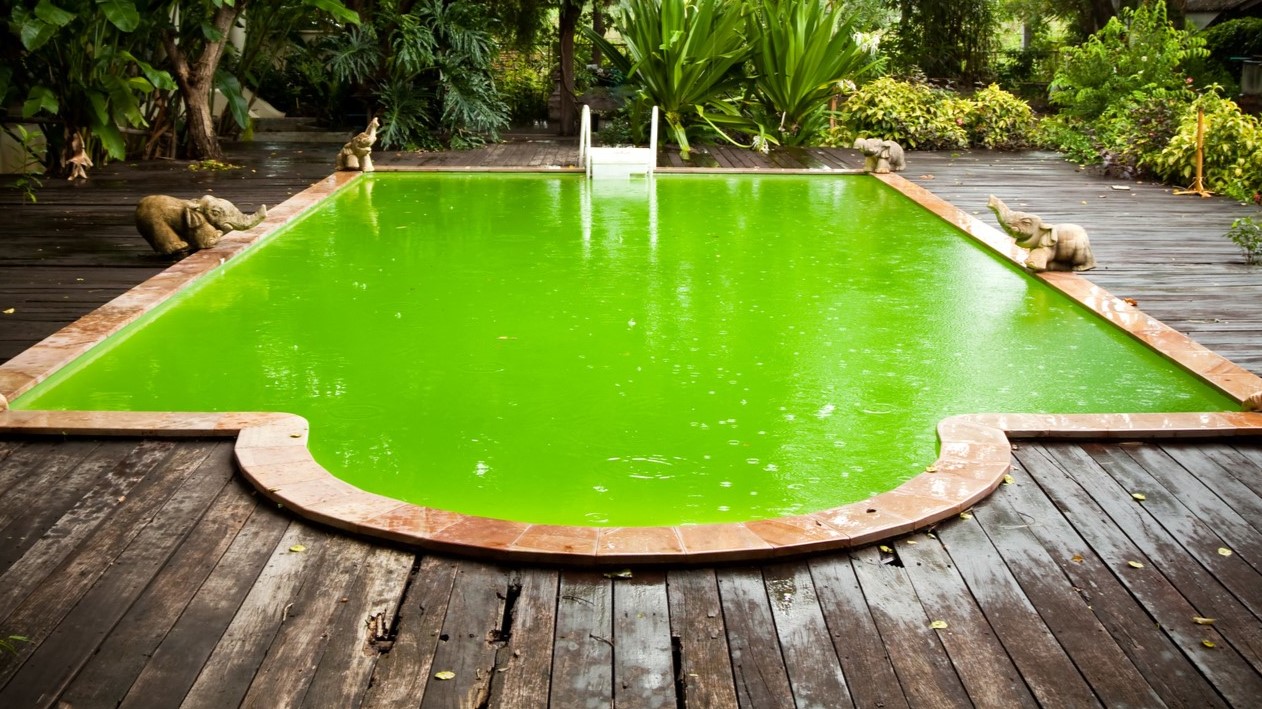

Outdoor Recreation & Activities
What Causes Algae In A Swimming Pool
Published: February 18, 2024
Learn about the causes of algae in swimming pools and how to prevent and treat it. Keep your outdoor recreation area clean and safe.
(Many of the links in this article redirect to a specific reviewed product. Your purchase of these products through affiliate links helps to generate commission for Storables.com, at no extra cost. Learn more)
Introduction
Algae in a swimming pool can be a frustrating and unsightly nuisance for any pool owner. The presence of algae not only detracts from the visual appeal of the pool but also poses potential health risks to swimmers. Understanding the causes of algae growth is crucial for effectively preventing and combating this issue. By delving into the various factors that contribute to algae formation, pool owners can take proactive measures to maintain a clean and inviting swimming environment.
Algae are simple, plant-like organisms that thrive in aquatic environments, including swimming pools. They can manifest in various forms, such as green, yellow, or black, and are often characterized by a slimy texture. Algae growth is a common problem that plagues many pool owners, especially during the warmer months when favorable conditions for its proliferation abound.
In this comprehensive guide, we will explore the underlying factors that contribute to the development of algae in swimming pools. By gaining insight into these causes, pool owners can equip themselves with the knowledge needed to prevent and address algae issues effectively. From environmental influences to maintenance lapses and the presence of contaminants, each factor plays a distinct role in fostering the growth of algae in a swimming pool.
Understanding the dynamics of algae growth is the first step toward maintaining a pristine and healthy swimming pool. By addressing the root causes of algae formation, pool owners can uphold water clarity, enhance swimmer safety, and prolong the longevity of their pool infrastructure. Let's delve into the multifaceted world of algae in swimming pools and uncover the key factors that contribute to its proliferation.
Key Takeaways:
- Algae in swimming pools thrive in warm, sunny, and stagnant water. Regular cleaning, proper chemical balance, and good circulation are key to preventing algae growth.
- Neglecting pool maintenance and allowing organic and inorganic contaminants to accumulate can lead to algae infestations. Regular cleaning and proactive measures are essential for a clean and healthy swimming environment.
Understanding Algae
Algae, the bane of many pool owners, are primitive, photosynthetic organisms that thrive in aquatic environments. In the context of swimming pools, algae can take on various forms, including green, yellow, and black, each presenting its own set of challenges. These unwelcome guests are adept at colonizing in areas with favorable conditions, such as stagnant water, warm temperatures, and an abundance of sunlight.
The most common type of algae found in swimming pools is green algae, which can give the water a cloudy or greenish appearance. This type of algae is often the result of poor water circulation, inadequate sanitation, or insufficient chemical balance. Yellow or mustard algae, on the other hand, typically cling to pool walls and surfaces, presenting a more stubborn challenge to eradicate. Lastly, black algae, known for its dark, resistant spots, tends to embed itself in pool surfaces and can be particularly difficult to eliminate.
Algae growth is not only unsightly but also poses health risks to swimmers. When left unchecked, algae can compromise water quality and create a breeding ground for harmful bacteria. Additionally, algae can make pool surfaces slippery and contribute to the deterioration of pool infrastructure over time.
Understanding the conditions that foster algae growth is essential for effective prevention and treatment. Algae thrive in environments with inadequate sanitation, imbalanced pH levels, and insufficient water circulation. Factors such as warm temperatures, sunlight exposure, and the presence of organic debris further contribute to the proliferation of algae in swimming pools.
By comprehending the nature of algae and the conditions that promote its growth, pool owners can take proactive measures to maintain a clean and healthy swimming environment. Regular maintenance, proper chemical balance, and adequate circulation are key components of an effective algae prevention strategy. With a solid understanding of algae and its tendencies, pool owners can safeguard their pools against this persistent aquatic foe.
Common Causes of Algae in a Swimming Pool
Algae growth in swimming pools can be attributed to a variety of factors, ranging from environmental influences to maintenance lapses and the presence of contaminants. Understanding these common causes is paramount for pool owners seeking to prevent and address algae-related issues effectively.
Environmental Factors
Environmental conditions play a significant role in fostering algae growth in swimming pools. Warm temperatures, ample sunlight, and stagnant water provide an ideal breeding ground for algae. During the hot summer months, the combination of sunlight and warm water creates a conducive environment for algae proliferation. Additionally, inadequate water circulation, often exacerbated by irregular pool usage or malfunctioning equipment, can lead to stagnant areas where algae can thrive. These environmental factors create an opportune setting for algae to take hold and spread within the pool.
Lack of Proper Maintenance
Inadequate pool maintenance is a common culprit behind algae infestations. Failure to regularly clean the pool, maintain proper chemical balance, and ensure adequate filtration and circulation can create conditions favorable to algae growth. Improper water chemistry, such as imbalanced pH levels or insufficient sanitizer levels, can compromise the pool's ability to resist algae colonization. Moreover, neglecting to brush and vacuum the pool surfaces and corners can lead to the accumulation of organic debris, providing nutrients for algae to flourish. Without consistent and thorough maintenance, the risk of algae taking hold in the pool increases significantly.
Read more: What Causes Green Algae On Aquarium Glass
Presence of Contaminants
The presence of organic and inorganic contaminants in the pool water can also contribute to algae formation. Organic matter, such as leaves, pollen, and other debris, serves as a nutrient source for algae, fueling its growth. Moreover, the introduction of phosphates, nitrates, and other nutrients from external sources can further exacerbate algae proliferation. Inorganic contaminants, including metals like copper and iron, can also act as catalysts for algae growth, leading to discoloration and staining of pool surfaces. The accumulation of contaminants in the water provides an additional foothold for algae to establish and propagate within the pool environment.
By addressing these common causes of algae in swimming pools, pool owners can implement proactive measures to mitigate the risk of algae infestations. Through diligent maintenance, proper chemical balance, and regular cleaning, pool owners can create an inhospitable environment for algae, preserving the clarity and integrity of their pool water. Understanding and addressing these underlying causes is essential for maintaining a clean, inviting swimming pool that is free from the grip of algae.
Environmental Factors
Environmental factors play a pivotal role in the proliferation of algae in swimming pools. The interplay of various elements, including temperature, sunlight, and water circulation, creates an environment conducive to algae growth. Understanding these environmental influences is crucial for pool owners seeking to prevent and combat algae infestations effectively.
Warm temperatures, particularly during the summer months, provide an ideal breeding ground for algae. When combined with ample sunlight, the heat accelerates the metabolic processes of algae, promoting rapid reproduction and colonization within the pool. The synergy of warmth and sunlight creates an environment where algae can thrive, leading to the unsightly and potentially hazardous presence of algae in the pool water.
Inadequate water circulation further exacerbates the risk of algae growth. Stagnant water areas, often caused by irregular pool usage or malfunctioning equipment, create pockets where algae can flourish. Insufficient circulation allows algae to settle and propagate, particularly in secluded or less frequently disturbed areas of the pool. These stagnant regions become hotspots for algae colonization, contributing to the overall spread of algae within the pool environment.
The combination of warm temperatures, sunlight exposure, and stagnant water creates an opportune setting for algae to take hold and proliferate. These environmental factors provide the necessary conditions for algae to thrive, posing a persistent challenge for pool owners striving to maintain a clean and inviting swimming environment.
To mitigate the impact of these environmental factors, pool owners can implement proactive measures to disrupt the conditions conducive to algae growth. Ensuring adequate water circulation through regular use of pool equipment, such as pumps and filters, can help prevent the formation of stagnant areas where algae can flourish. Additionally, strategic scheduling of pool usage and activities can help promote water movement, reducing the likelihood of algae colonization in stagnant regions.
By addressing these environmental factors and implementing proactive measures to counter their influence, pool owners can create an inhospitable environment for algae, thereby safeguarding the clarity and integrity of their pool water. Understanding the role of environmental factors in algae proliferation is essential for devising effective prevention strategies and maintaining a pristine swimming pool environment.
Lack of Proper Maintenance
Lack of proper maintenance is a prevalent and significant factor contributing to algae growth in swimming pools. When routine upkeep and care are neglected, the pool becomes susceptible to a range of issues, including algae infestations. Pool maintenance encompasses various essential tasks, such as regular cleaning, monitoring and balancing chemical levels, and ensuring proper filtration and circulation. Failure to uphold these maintenance practices can create an environment conducive to algae proliferation.
One of the primary maintenance lapses that can lead to algae growth is inadequate sanitation and chemical balance. Without proper levels of sanitizers, such as chlorine or bromine, the pool water becomes vulnerable to algae colonization. Insufficient sanitizer levels compromise the pool's ability to combat algae spores, allowing them to take hold and propagate. Similarly, imbalanced pH levels can create an environment favorable to algae growth. When the pH strays from the recommended range, the water becomes less effective at inhibiting algae, paving the way for its development.
Furthermore, neglecting to regularly clean and brush the pool surfaces and corners can result in the accumulation of organic debris, such as leaves, pollen, and other contaminants. Organic matter serves as a nutrient source for algae, providing the sustenance it needs to thrive. The presence of organic debris, combined with inadequate filtration, creates an environment where algae can flourish, leading to unsightly discoloration and compromised water quality.
Inconsistent or inadequate filtration and circulation also contribute to the risk of algae infestations. When the pool water is not effectively circulated and filtered, algae spores and nutrients remain undisturbed, creating pockets where algae can take hold. Stagnant water areas, often found in poorly circulated pools, become breeding grounds for algae, further exacerbating the issue.
To address the lack of proper maintenance as a cause of algae in swimming pools, diligent and consistent upkeep is essential. Regular cleaning, brushing, and vacuuming of pool surfaces and corners help prevent the accumulation of organic debris, depriving algae of the nutrients it needs to thrive. Additionally, maintaining proper chemical balance and adequate sanitizer levels is crucial for creating an environment inhospitable to algae growth. By prioritizing comprehensive maintenance practices, pool owners can effectively mitigate the risk of algae infestations and maintain a clean, healthy swimming environment for all to enjoy.
Regularly check and maintain the pH and chlorine levels in your pool to prevent algae growth. Keep the pool clean and free of debris, and consider using an algaecide as a preventative measure.
Presence of Contaminants
The presence of contaminants in a swimming pool can significantly contribute to the formation and proliferation of algae. Contaminants, both organic and inorganic in nature, serve as catalysts for algae growth, creating an environment conducive to infestations. Understanding the impact of contaminants is crucial for pool owners seeking to maintain a clean and healthy swimming environment.
Organic contaminants, such as leaves, pollen, and other debris, introduce nutrients into the pool water, providing an ideal sustenance source for algae. When organic matter accumulates in the pool, it becomes a breeding ground for algae, fueling its growth and compromising water quality. The presence of these organic contaminants, particularly in poorly circulated or neglected areas of the pool, creates an environment where algae can thrive, leading to unsightly discoloration and potential health hazards for swimmers.
In addition to organic contaminants, inorganic substances can also contribute to algae infestations. Metals such as copper and iron, often introduced into the pool water through external sources, can act as catalysts for algae growth. These metals not only discolor the pool water but also provide an additional foothold for algae to establish and propagate. The presence of inorganic contaminants further exacerbates the risk of algae infestations, posing challenges for pool owners striving to maintain water clarity and integrity.
To address the presence of contaminants as a cause of algae in swimming pools, proactive measures must be taken to mitigate their impact. Regular skimming and cleaning of the pool surface to remove organic debris, coupled with thorough filtration and circulation, can help prevent the accumulation of nutrients that fuel algae growth. Additionally, the use of specialized treatments to address inorganic contaminants, such as metal sequestrants, can aid in minimizing their influence on algae proliferation.
By addressing the presence of contaminants and implementing proactive measures to mitigate their impact, pool owners can create an inhospitable environment for algae, thereby safeguarding the clarity and integrity of their pool water. Understanding the role of contaminants in algae infestations is essential for devising effective prevention strategies and maintaining a pristine swimming pool environment.
Conclusion
In conclusion, the presence of algae in a swimming pool can stem from a myriad of factors, each playing a distinct role in fostering its growth. Environmental influences, including warm temperatures, sunlight exposure, and inadequate water circulation, create an ideal breeding ground for algae. Additionally, the lack of proper maintenance, encompassing inadequate sanitation, imbalanced chemical levels, and insufficient cleaning, contributes significantly to the risk of algae infestations. The presence of contaminants, both organic and inorganic, further exacerbates the proliferation of algae, compromising water quality and clarity.
Understanding these common causes of algae in swimming pools is paramount for pool owners seeking to maintain a clean and healthy swimming environment. By addressing these underlying factors, pool owners can implement proactive measures to mitigate the risk of algae infestations effectively. Regular maintenance, including thorough cleaning, monitoring and balancing of chemical levels, and ensuring proper filtration and circulation, is essential for creating an inhospitable environment for algae. Additionally, proactive measures to address the presence of contaminants, such as regular skimming and specialized treatments, can help prevent the accumulation of nutrients that fuel algae growth.
By comprehending the dynamics of algae growth and the factors that contribute to its proliferation, pool owners can take proactive steps to prevent and address algae-related issues effectively. Maintaining a clean and healthy swimming environment not only enhances the visual appeal of the pool but also ensures the safety and well-being of swimmers. Through diligence, knowledge, and proactive maintenance practices, pool owners can safeguard their pools against the persistent challenge of algae, preserving water clarity, integrity, and the overall enjoyment of the swimming experience.
In essence, by understanding the common causes of algae in swimming pools and implementing proactive prevention strategies, pool owners can maintain a pristine and inviting swimming environment, free from the grip of algae.
Frequently Asked Questions about What Causes Algae In A Swimming Pool
Was this page helpful?
At Storables.com, we guarantee accurate and reliable information. Our content, validated by Expert Board Contributors, is crafted following stringent Editorial Policies. We're committed to providing you with well-researched, expert-backed insights for all your informational needs.
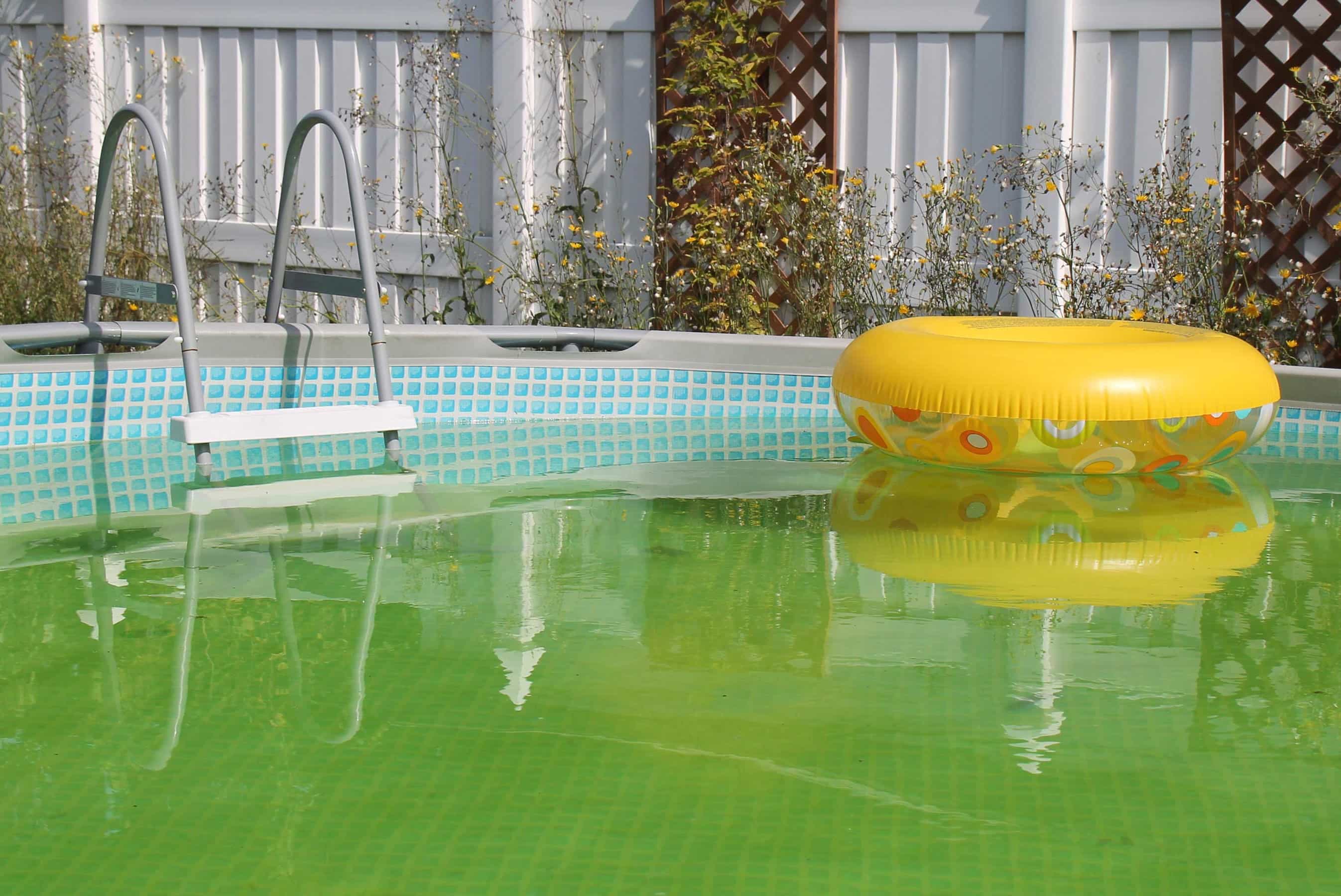
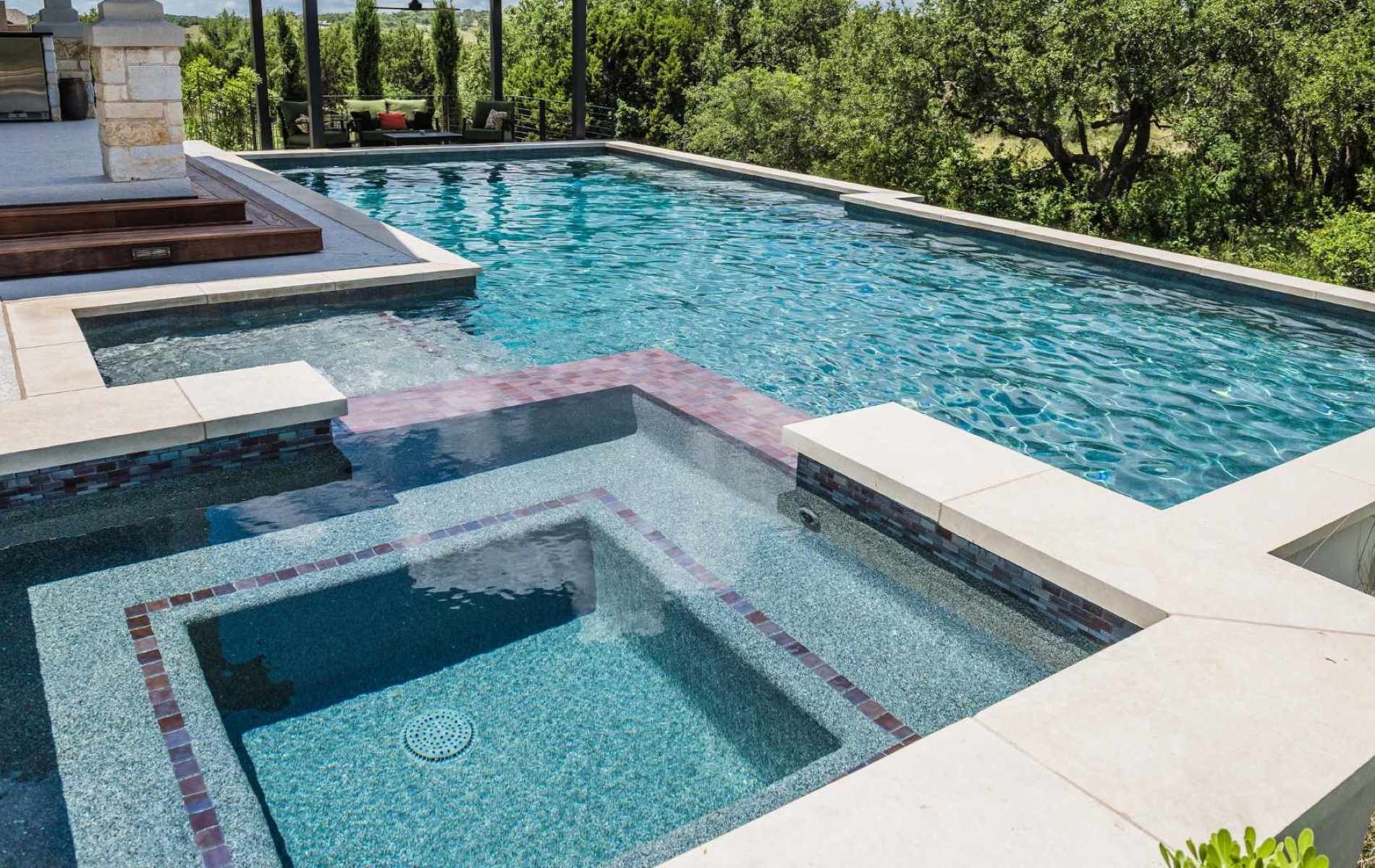

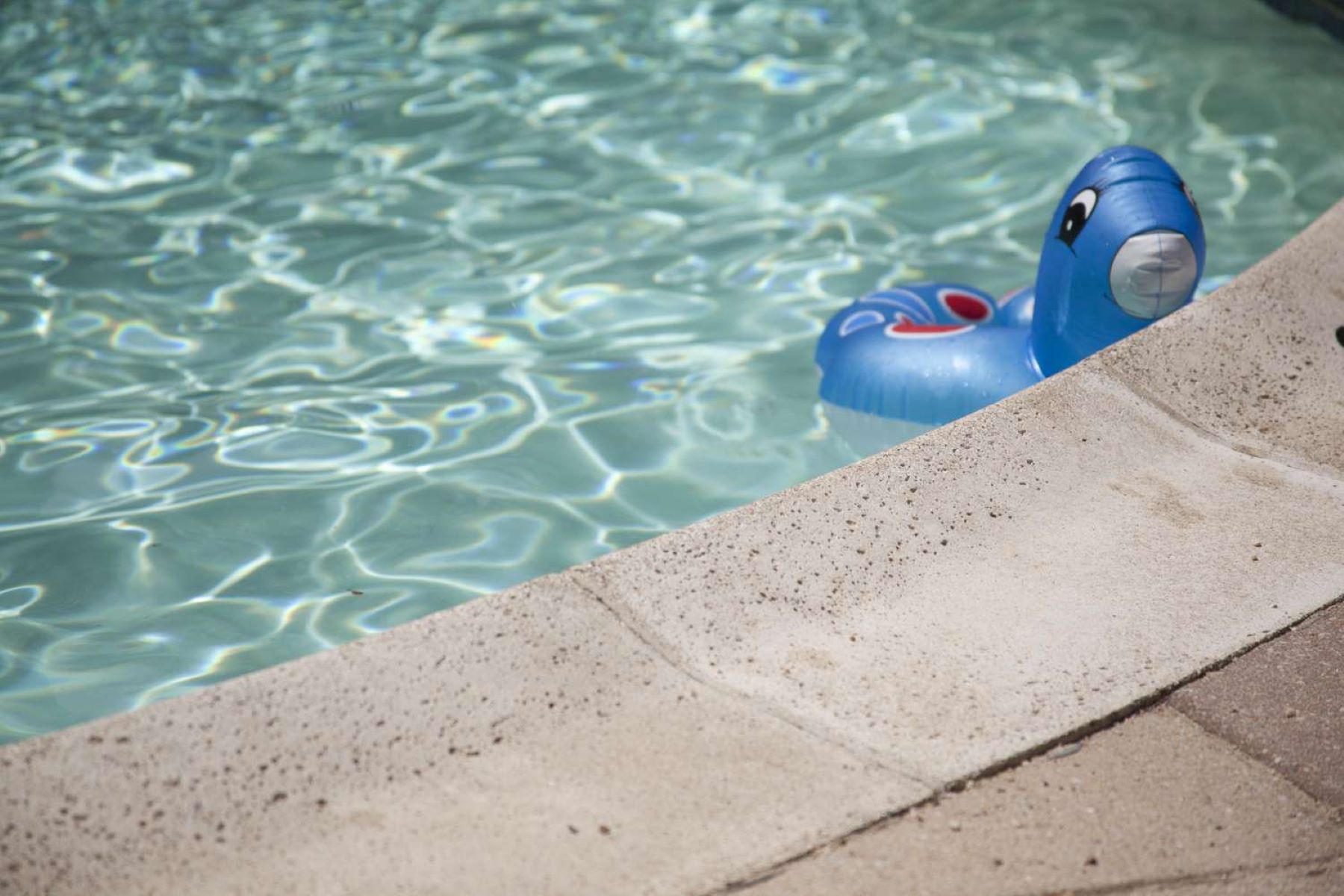
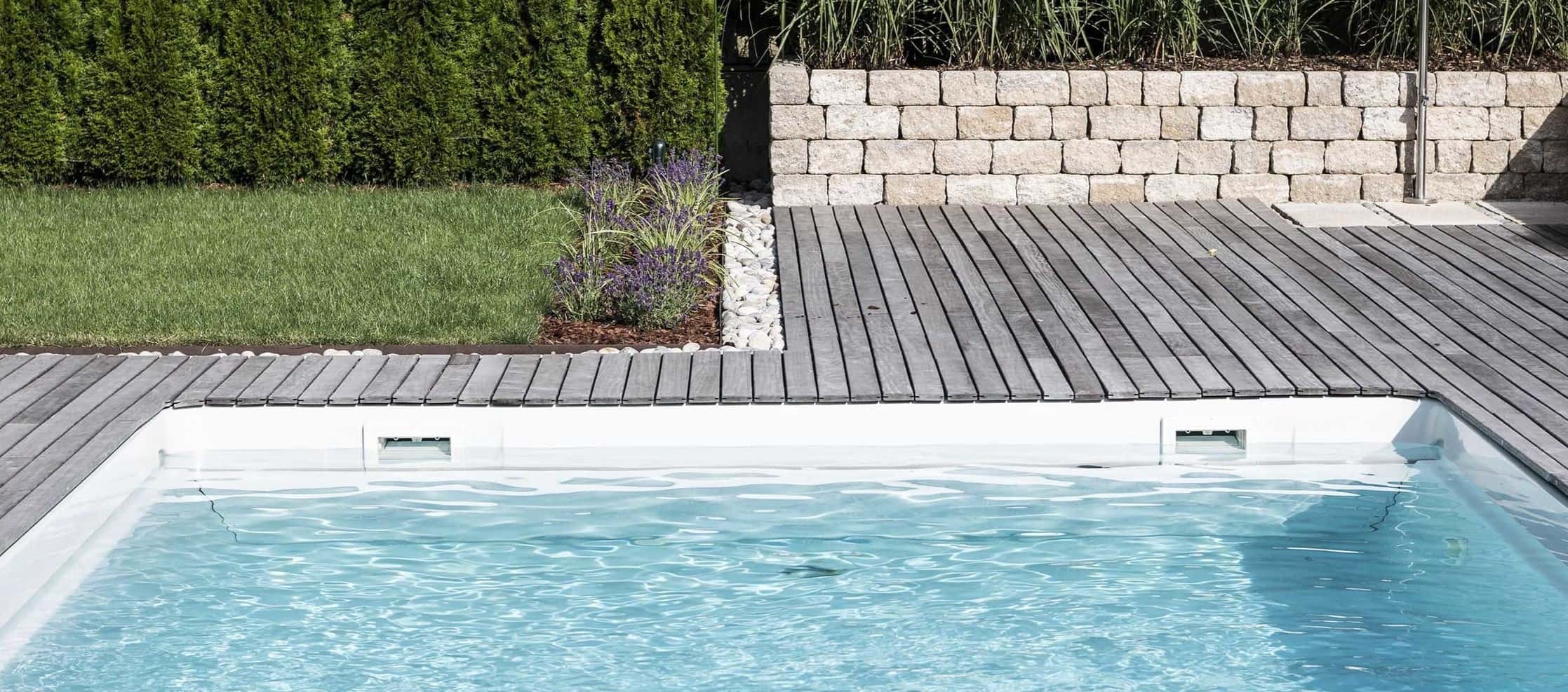

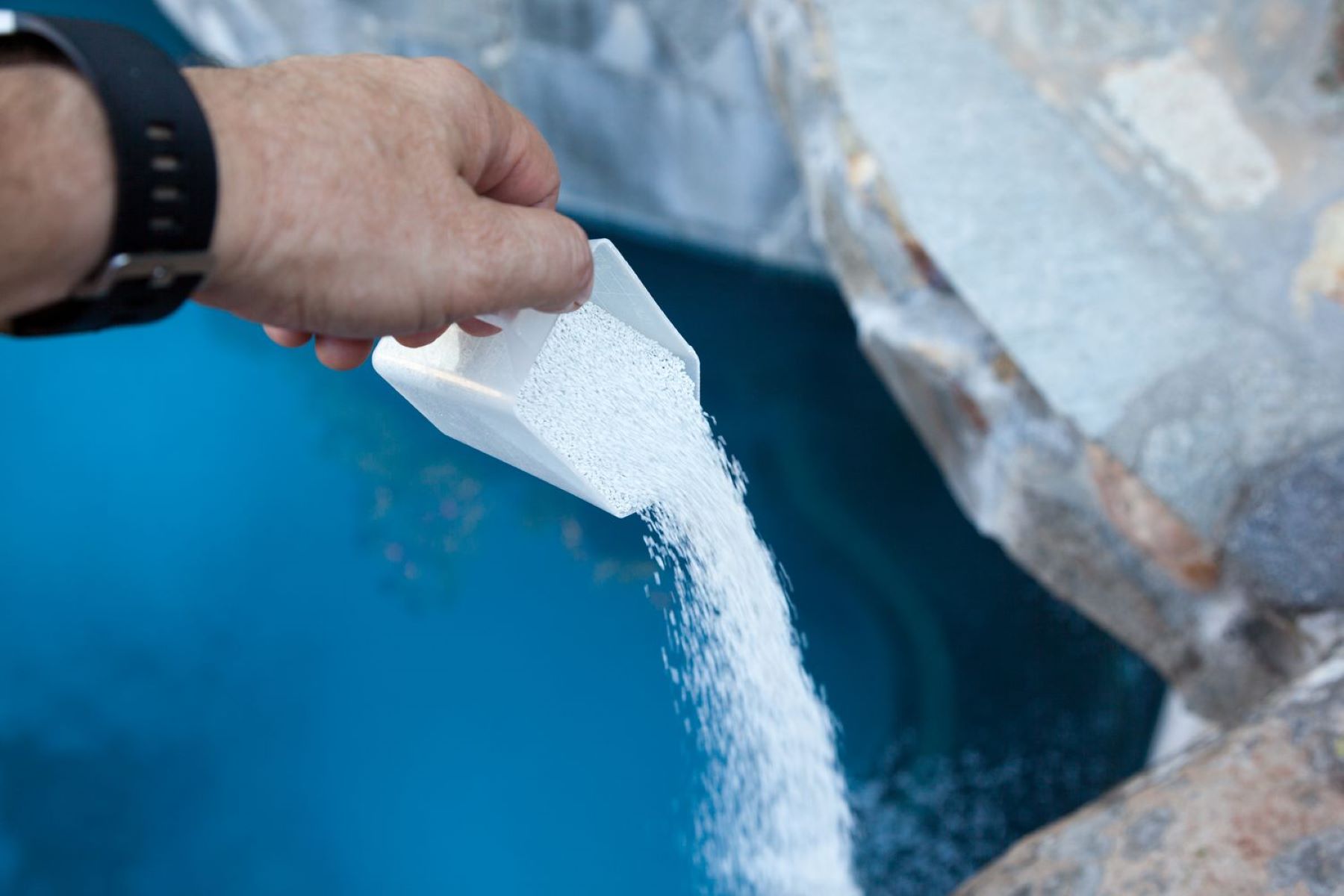

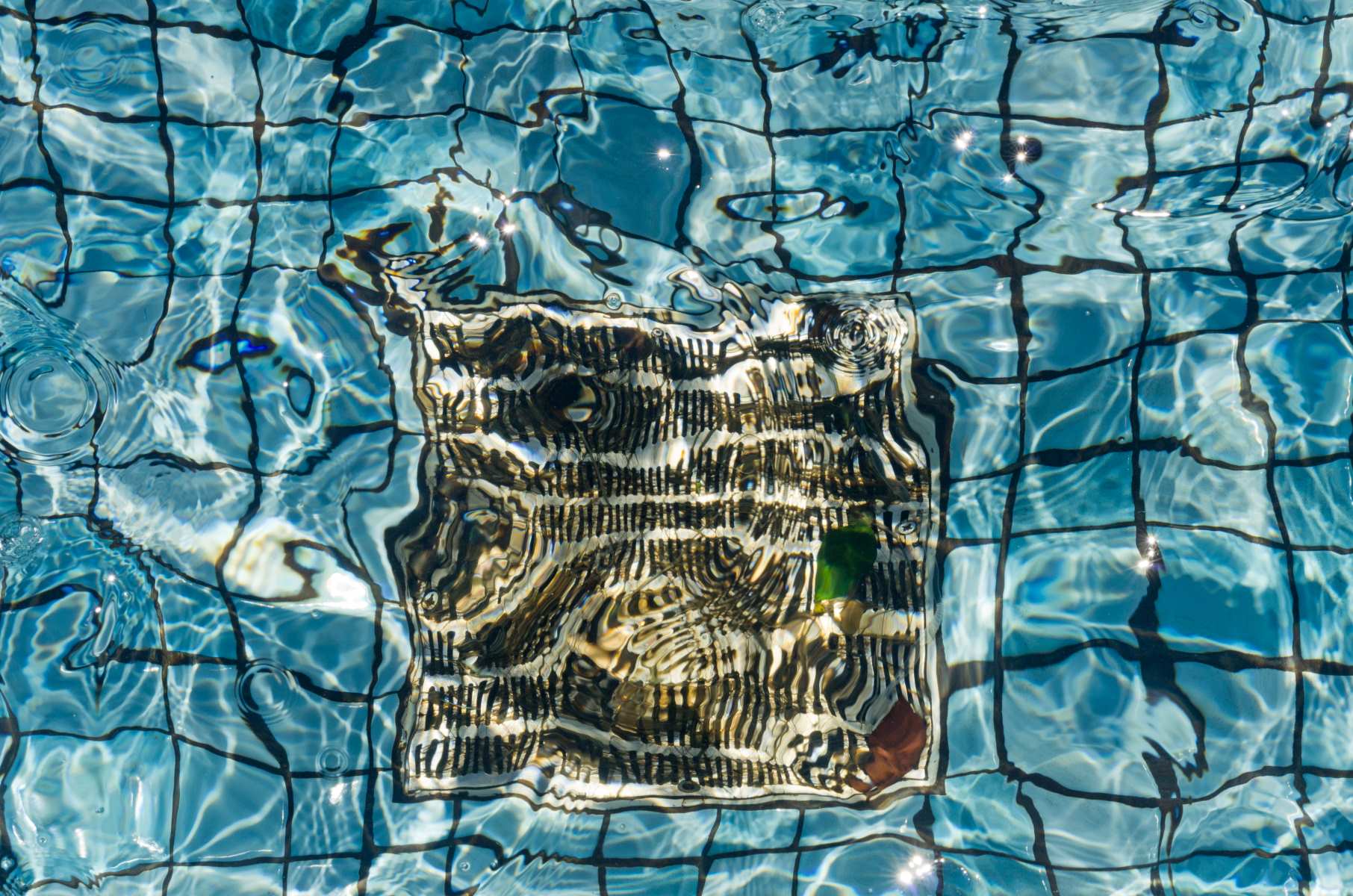


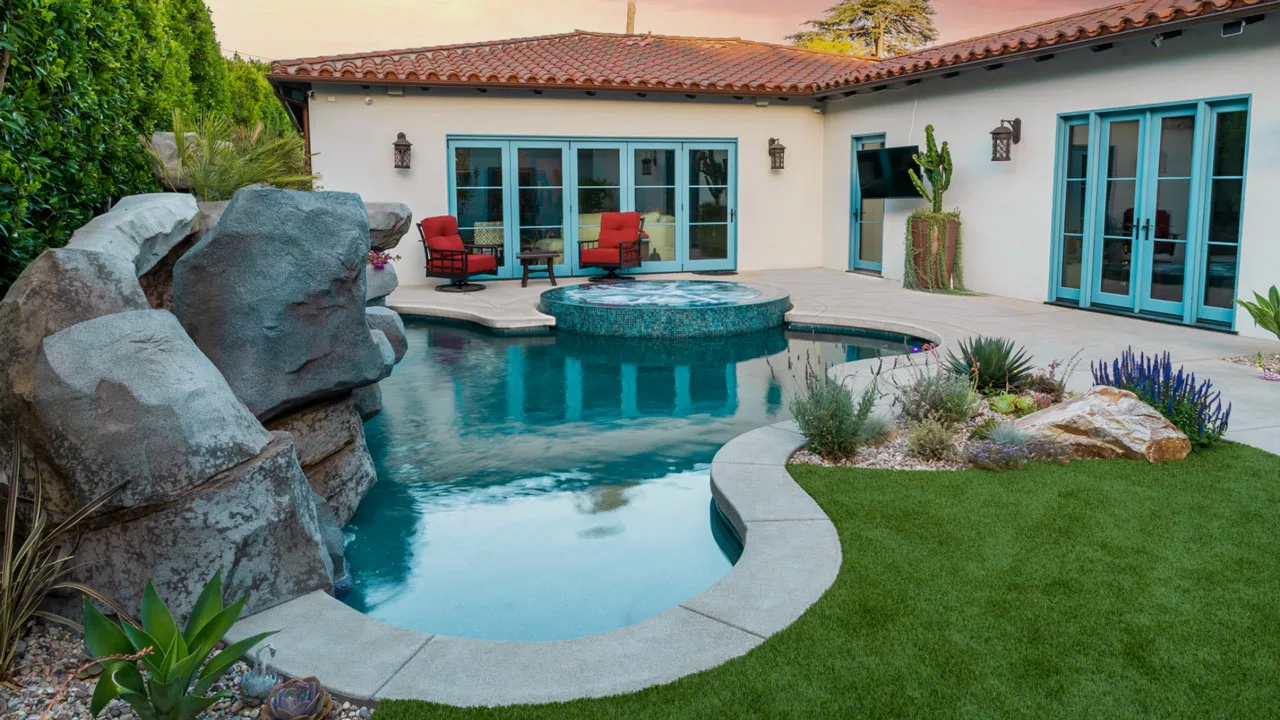
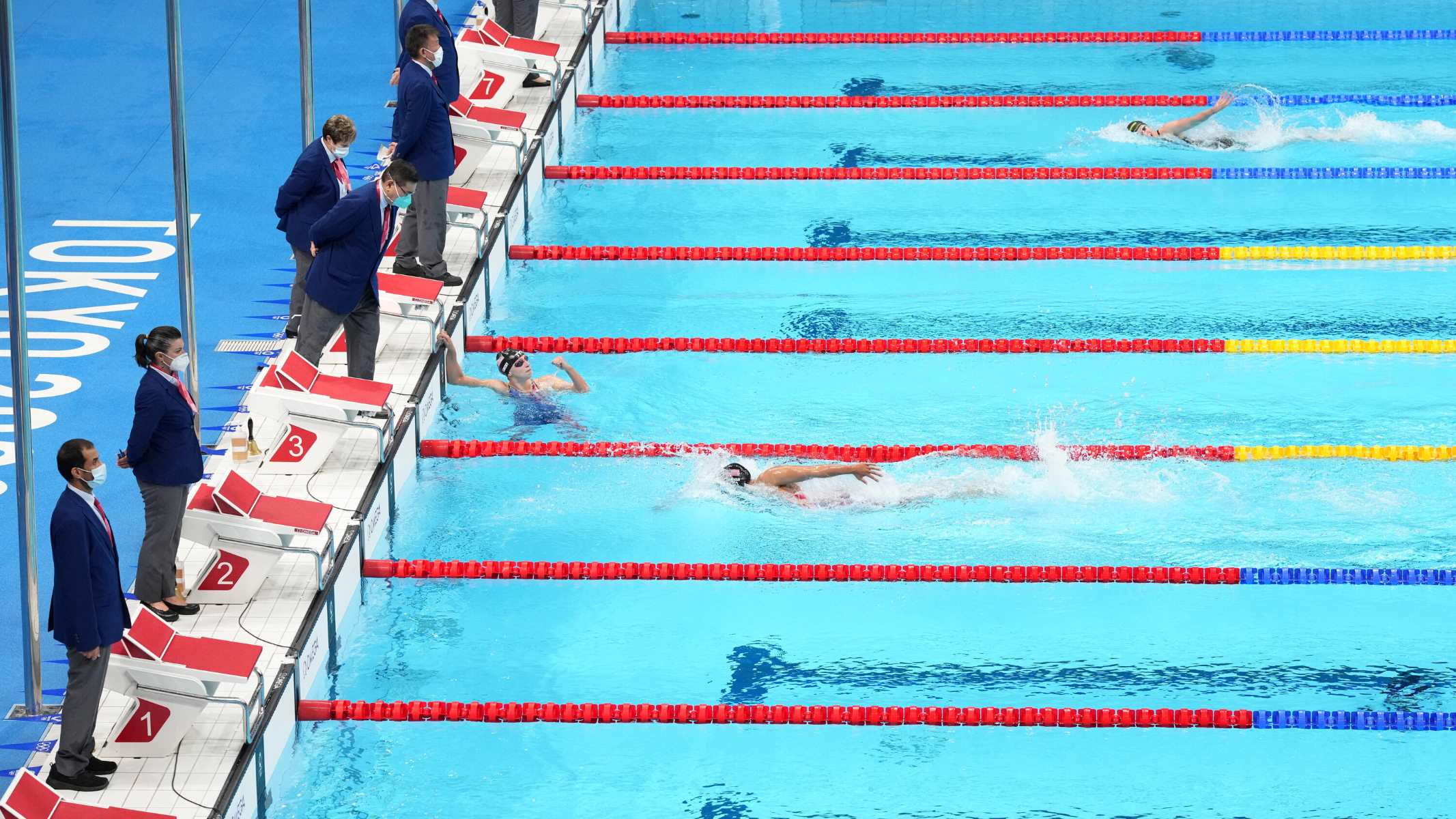

0 thoughts on “What Causes Algae In A Swimming Pool”